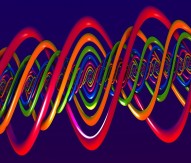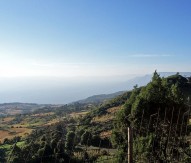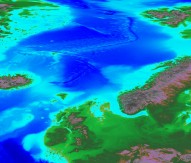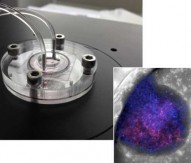
New development to detect ortho-para conversion in water
New research by scientists from the UK’s University of Southampton have found that water molecules react differently to electric fields, which could provide a new way to study spin isomers at the single-molecule level.
Water molecules exist in two forms or ‘isomers’, ortho and para, that have different nuclear spin states. While it is possible to separate ortho and para-water molecules, it is difficult to study them in bulk water due to rapid proton exchange, and due to hindered molecular rotation obscuring the direct observation of the two spin isomers.
To help observe this transformation in bulk water, the Southampton research team, supported by funding from the European Research Council, confined single water molecules in C60 carbon cages to produce supramolecular endofullerene H2O@C60. The yield of this chemical synthesis was improved dramatically by the team, allowing them to study bulk quantities of this substance.
The carbon cages prevent water molecules from freezing and keep them separate so that they continue to rotate freely at very low temperatures, making it possible to study the conversion. Since water has an electric dipole moment, the researchers measured the dielectric constant of H2O@C60 at cryogenic temperatures and found that it decreases as water converts from ortho to para, in line with quantum theory and previous Nuclear magnetic resonance studies.
Commenting Dr Benno Meier, lead study author, said: “The bulk dielectric constant of H2O@C60 depends on the spin isomer composition of the encapsulated water molecules. The observed time-dependent change in the bulk dielectric constant at 5K, as encapsulated water converts from the ortho to the para isomer, is due to a change in molecular polarisibility on spin conversion.”
The research is published in Nature Communications.




